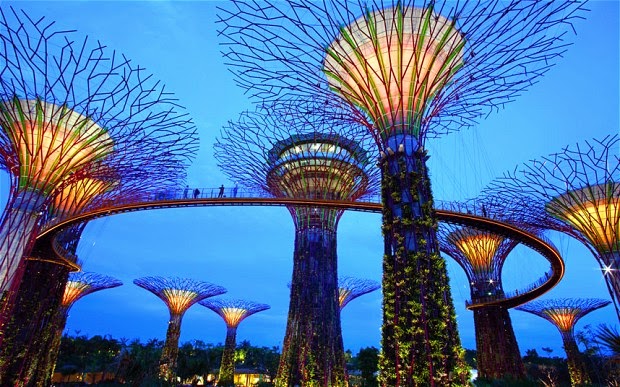The Chinese Ribbon Dance is a traditional dance that has been performed for more than a 1000 years. The Chinese legend has it that Emperor Tang who ruled China from 713-755 AD had a dream that he was in the moon palace with many fairies singing and dancing who were wearing beautiful multicolored long robes. His dream was turned into a dance with the dancers using long silk ribbons. Each year the Ribbon Dance is performed at New Year celebrations and harvest festivals.
2. The Peacock Dance
The peacock dance is one of the most wide-spread ancient dances of the Dai ethnic group in Yunnan Province on the southwest border of China. The peacock dance is the best-loved dance of the Dai. To the Dai the peacock is a symbol of good luck, happiness, beauty and honesty, so to perform this dance is to present a eulogy of and express good wishes for a happy life.
3. The Fan Dance
Fans can also be used as props for female dancers. The fan dance originates from the fan performances in ancient psychic conducts and folk-custom activities. The fan dance highlights delicate movements with constantly changing rhythm, which is dynamic and graceful.
4. Bodhisattva















































